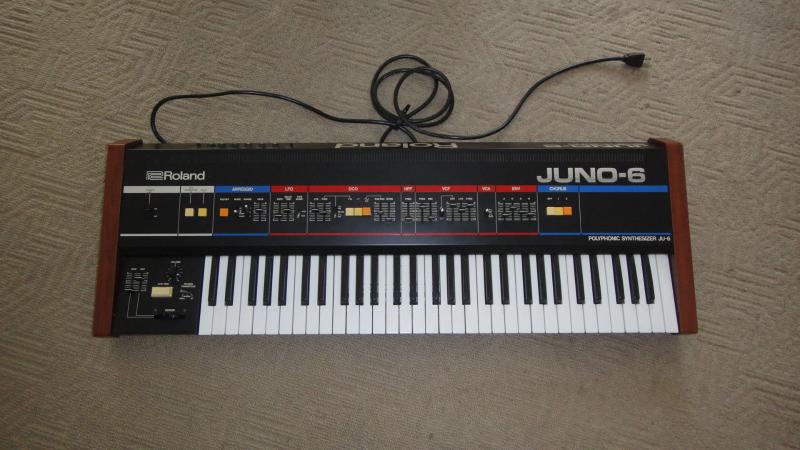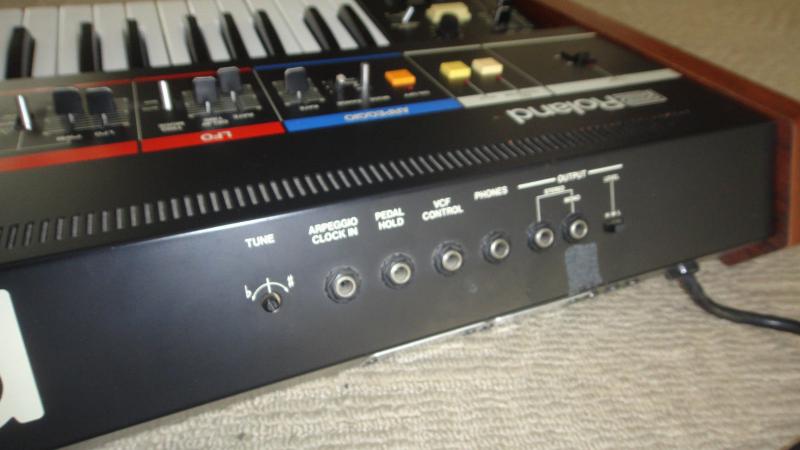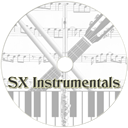Description | The first in a series of amazingly affordable quality synthesizers from Roland's amazing Juno family! The Juno-6 is a six voice polyphonic analog synthesizer! It's a very stable synth thanks to its digitally controlled analog oscillators. The Juno-6 sounds great, however it lacks basic necessities like MIDI control and patch memory storage.
The next generation Juno-60 version added 56 patches of memory storage. Both of these synths sound virtually the same and are considered by many to sound better (punchier) than the popular follow up, the Juno-106. The Juno-6 and 60 are very rich sounding synthesizers and are great analog machines as long as you can overlook the absence of MIDI control. Of course nobody can deny that the wooden side panel look is a true sign of Vintage status!
Though it only has one DCO per voice, it is said to have a warm and full sound. The DCO is switchable between any or all of the following waveforms: Pulse (with pulse-width modulation from either the LFO or the ADSR), sawtooth, and a sub-oscillator (square wave). White noise could also be mixed in with the oscillators. Each voice has its own VCF with a continuously variable control for keyboard follow, and an input on the back panel for voltage control. There is also a separate high-pass filter. The LFO features controls for rate and delay, as well as a switch that toggles between two modes, auto (modulation starts when set delay time has passed) and manual (modulation starts when the LFO trigger button, next to the mod wheels on the performance panel, is pressed). Only one envelope generator (ADSR) is available for both the DCOs and the VCOs. The Juno-6 featured an arpeggiator with controls for mode, range, and rate with a clock input on the back panel, and a chorus with two buttons, each button adding more chorus. In addition to arpeggiator and filter control inputs, the back panel also had both mono and stereo outputs, a headphone jack, and a sustain/hold pedal input.
|




